On the summit to be celebrated October 31st – November 1, it is about “America First” versus Multipolarity.
On the summit to be celebrated October 31st – November 1, it is about “America First” versus Multipolarity.
By Orçun Göktürk, from Beijing / China
With Donald Trump’s return to the global stage, the U.S. foreign policy strategy has shifted away from its long-proclaimed mission of defending so-called “freedom and democracy” toward a period entirely oriented around American interests -a new “era of the best deals.” At the heart of this change lies Trump’s “America First” doctrine, which continues to shape his entire approach to foreign policy.
Trump’s comeback signals that Washington’s long-standing narrative of liberal hegemony no longer holds substance, and that American capitalism has turned inward to confront its own contradictions. Today, the United States seeks not so much to preserve global hegemony as to maintain it at the lowest possible cost. Trump’s strategy in this regard relies on securing economic and political advantages through bilateral deals rather than diplomacy or multilateralism.
Xi’s Strong but balanced leadership
The current status quo in China-U.S. relations where, since the 1990s, American corporations invested in China, China produced cheap goods for export to the U.S., and then bought U.S. Treasury bonds (a kind of modern tribute) is now shifting toward a new and more balanced phase of interdependence.
What defines this shift is Xi Jinping’s unique position within the Communist Party of China (CPC). By amending the Constitution and securing a third term, Xi achieved what no leader since Mao had accomplished, consolidating power within the Party and the state apparatus to an unprecedented level. However, this does not mean that internal struggles have ceased. The recent purges and investigations into senior officers within the People’s Liberation Army (PLA) demonstrate that the search for balance and the presence of internal competition persist within the system.
Western media’s label of “the new Mao” fails to capture Xi’s true leadership style. Rather than ideological rigidity, Xi exhibits a pragmatic approach, maintaining ties with the private sector and promoting market-friendly figures such as Li Qiang. This can be seen as an attempt to fuse Party discipline with market dynamism into a uniquely Chinese synthesis.
Xi’s global strategy focuses on building a multipolar world order as an alternative to the Western logic of “bloc confrontation.” The Belt and Road Initiative, the expansion of BRICS, and the growing role of the Chinese currency (RMB) in global trade are key pillars of this vision. Despite Washington’s “decoupling” strategy, China has retained its central role in global supply chains. For American corporations, the Chinese market remains indispensable; meanwhile, Beijing increasingly views the United States not merely as an economic competitor but as the main obstacle to its own vision of global order.
“America First” versus Multipolarity
The anticipated Xi-Trump meeting at the APEC Summit in Seoul (October 31–November 1) could prove decisive not only for bilateral trade relations but also for the future of the global system. Having once driven U.S.-China relations into a trade war during 2018–2020, Trump now faces a vastly different landscape. Unlike before, China is responding not with defensive reflexes to external pressure, but as an actor equipped with technological superiority, regional integration (for example, through RCEP), and growing influence across the Global South.
Xi Jinping’s strategy, officially termed “Major-Country Diplomacy”, aims to construct a multipolar world based on interdependence, standing in direct contrast to the Western bloc-based logic. Trump’s approach, on the other hand, seeks to restructure that same interdependence network in favor of American capital. The messages both leaders deliver at APEC will vividly illustrate the clash between these two models.
China has proven that its economy can withstand prolonged U.S. tariffs. Moreover, Beijing has raised the stakes by imposing strict limits on exports of 12 critical rare elements to the U.S. and its allies. Beyond Trump’s usual playbook, the only new potential flashpoint at APEC could be Taiwan. In 2016, Trump openly questioned the “One China” policy, and he may once again confront Xi with rhetoric supporting “Taiwanese independence.”
However, for Beijing, the Taiwan issue remains non-negotiable. The recent decline of separatist forces in the island’s elections actually weakens Trump’s leverage rather than strengthening it.
Although some American analysts claim that “the era in which China’s economic and technological progress relied heavily on integration with the United States and the West has effectively ended,” the U.S. still occupies a central and “key position” in Chinese foreign policy. Yet it is true that Trump’s policies continue to push China toward structural reform. Washington’s high tariffs have compelled Beijing to restructure its economy, reduce excess capacity, and stimulate domestic demand—all areas in which China has made significant progress. Export controls on advanced technologies have also accelerated China’s drive for self-sufficiency and a more competitive innovation ecosystem.
What does Beijing expect?
Ultimately, Xi’s expectations from a possible meeting with Trump are clear: If compromise is possible, China is open to it, but if not, conflict is not catastrophic either. Unlike during Trump’s first term, Beijing no longer feels compelled to reach an agreement “at any cost.”
From this perspective, while Trump and his team are likely to focus negotiations on lowering tariffs or easing restrictions on advanced technology products, Beijing approaches the bilateral relationship from a broader strategic lens. Despite the uncertainty and unpredictability that come with Trump’s involvement, even if no deal emerges at APEC, it is likely that the two leaders will meet soon, either through a surprise visit by Trump to China or at the G20 Summit in the U.S. next year to explore common ground.
In the end, APEC is not merely a handshake platform. Trump’s “America First” policy seeks to maximize U.S. interests, while Xi’s leadership aims to place China at the center of the emerging new global order. The moves each makes on this geopolitical chessboard will reveal that it is not ideals, but power and patience, that ultimately prevail. As in the Chinese game of Chinese Chess (xiangqi), balance and stalemate often triumph over quick victories. The winner will not be the one who strikes the best deal, but the one who sustains the longest and most enduring strategy.



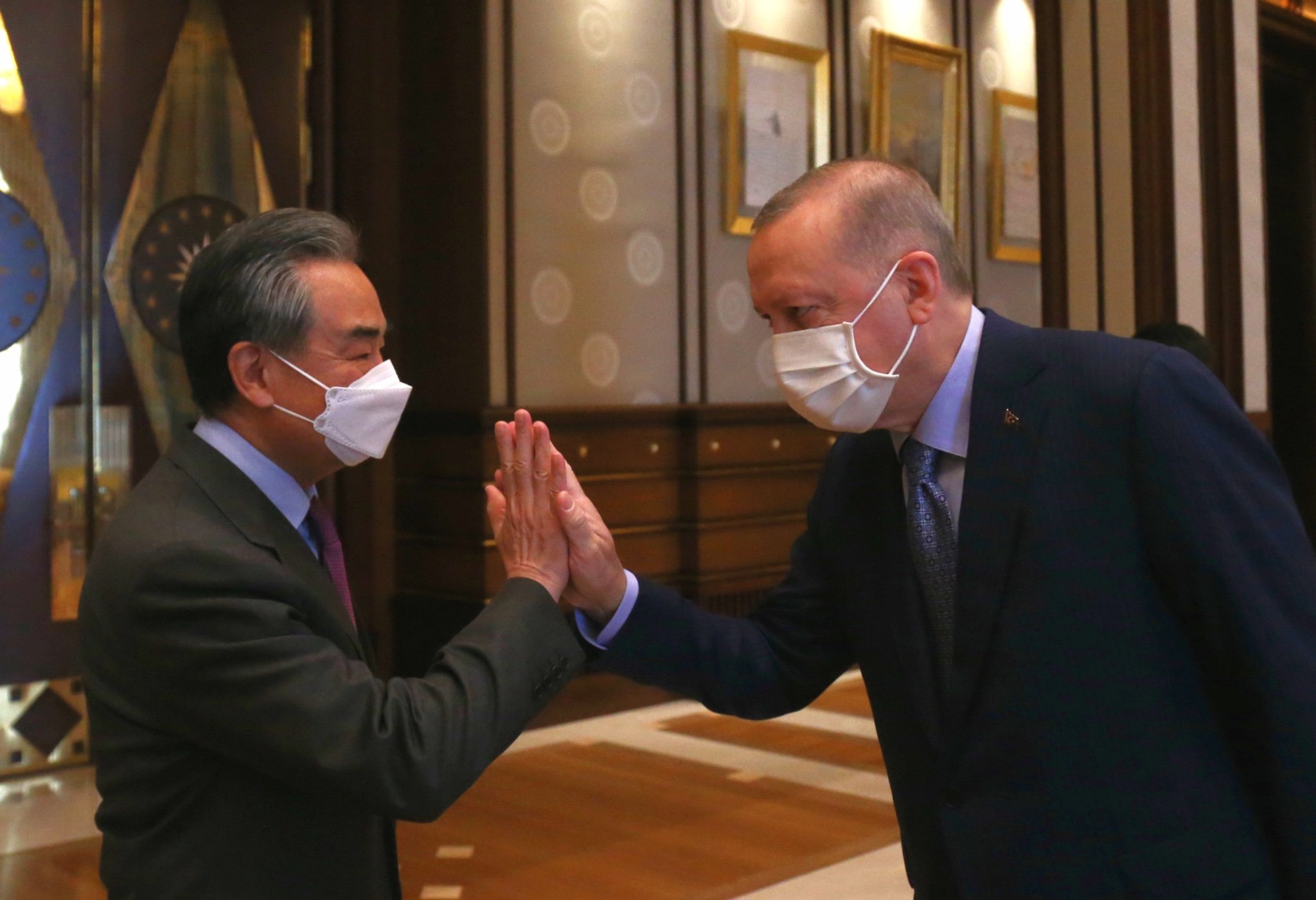



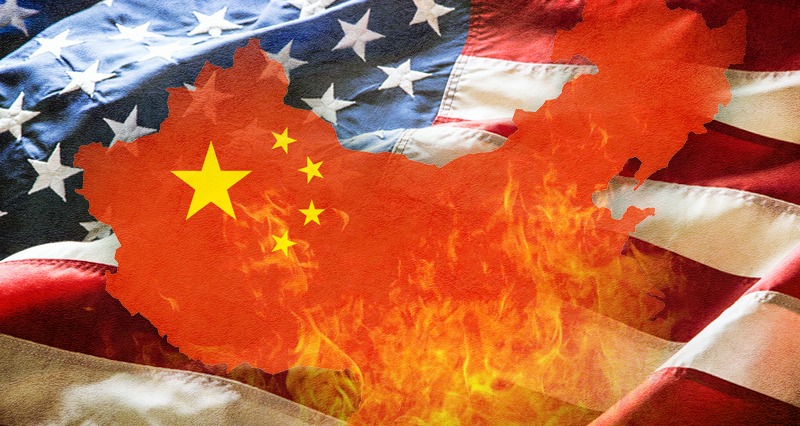

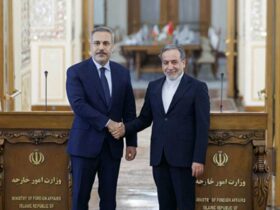




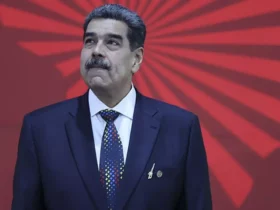
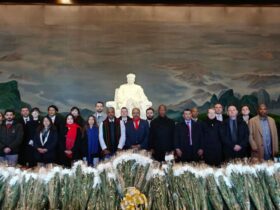
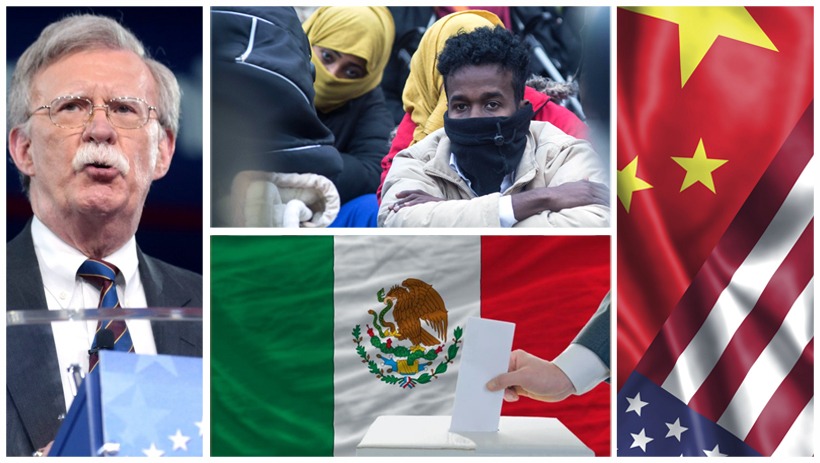
Leave a Reply